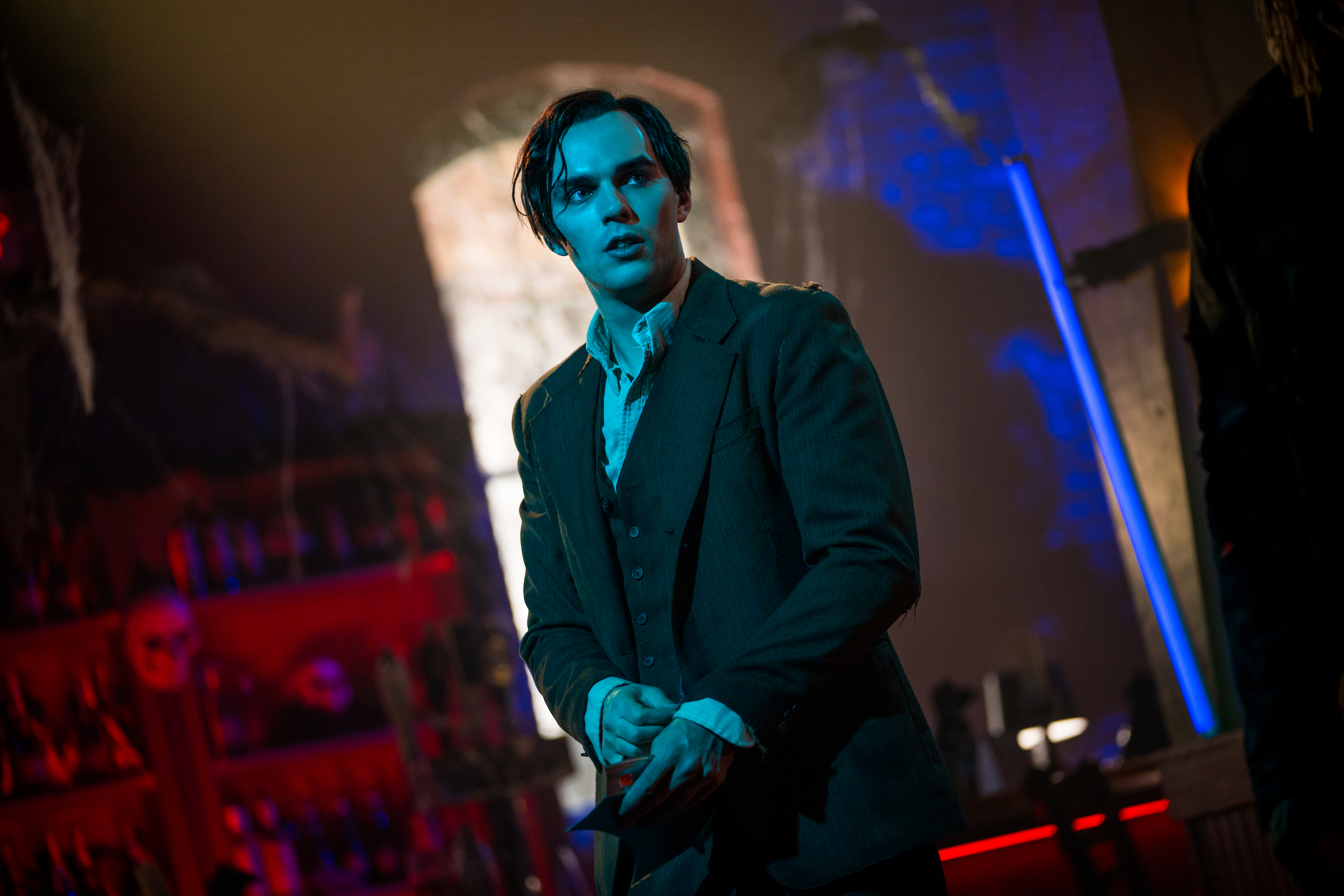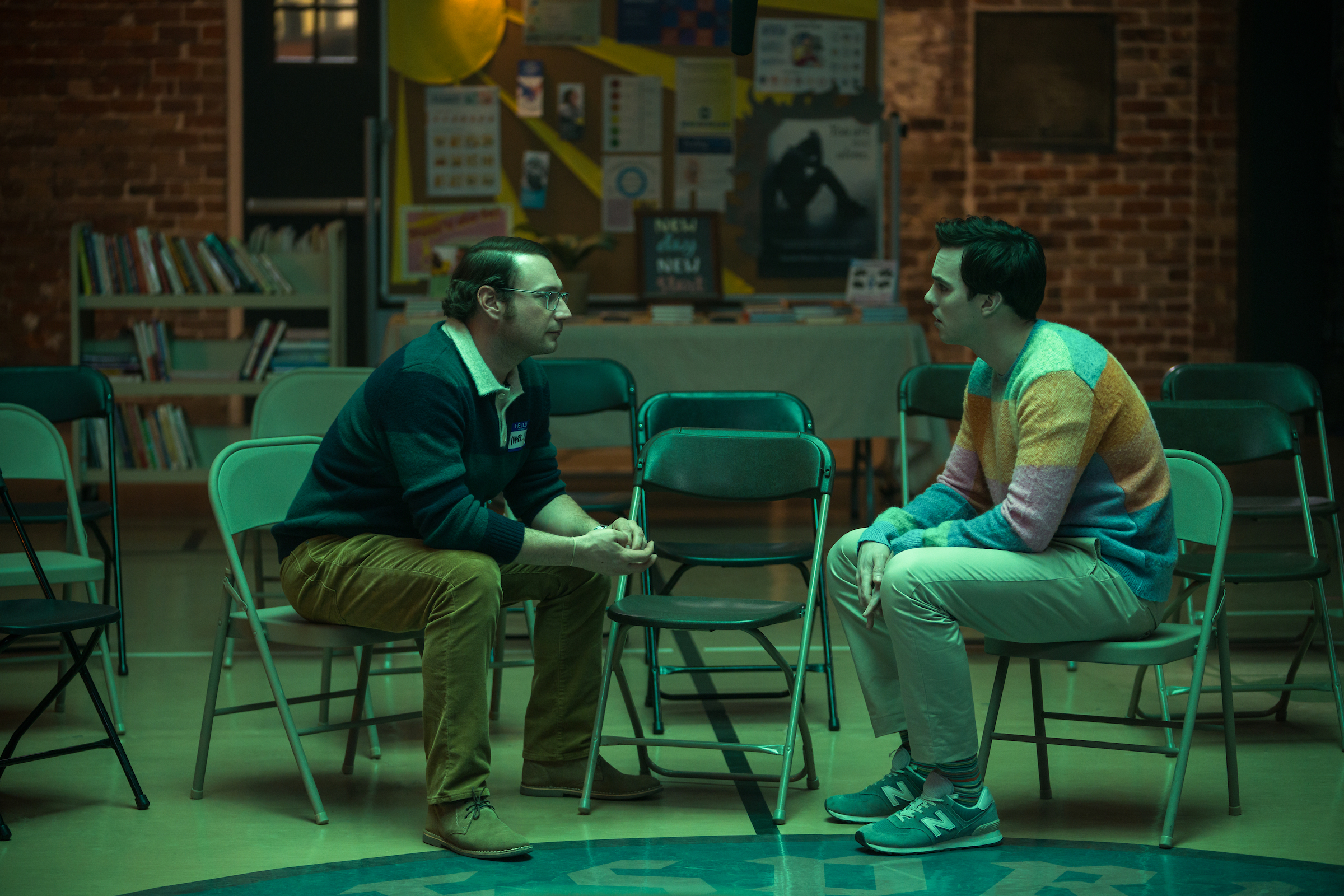Within the horror genre, there’s arguably no character more enduring and influential than Dracula. In the more than 125 years since the bloodthirsty Transylvanian count was introduced in Bram Stoker‘s 1897 novel Dracula, the titular vampire has been the inspiration for countless retellings and adaptations.
Dracula left his first real mark on the big screen in Universal’s classic 1931 black-and-white horror film, with Bela Lugosi’s masterful portrayal of the count providing the blueprint for the charismatic monster that Dracula is widely known as today. That version of Dracula saw Dwight Frye take on the role of R. M. Renfield, a servant to Dracula devoted to his master to the point of insanity.
Now, nearly a century later, Renfield finally has his own movie. In Universal’s aptly-named Renfield, in theaters April 14, Nicholas Hoult takes on the role of the famed familiar alongside Nicolas Cage’s Dracula. Despite the fact that—spoiler alert—Renfield dies at the end of the 1931 Dracula, Renfield director Chris McKay has said that his movie is meant to be a “direct sequel” to that film.
“To me, this is the only real direct sequel with the Dracula and the Renfield of that movie,” he told Collider. “I fell in love with the character of Renfield and his relationship with Dracula. Renfield is basically a guy who wants to get out of this bad relationship, and doesn’t know how—he’s been in this relationship for 93 years, and he wants to get out of it.”

Who is Renfield?
Renfield was originally written by Stoker as a delusional and “morbidly excitable” patient at an English mental asylum who eats bugs and birds in hopes of absorbing their life force. During the course of the novel, he is revealed to be under the psychic influence of Dracula, who promises him an endless supply of vermin to devour in exchange for absolute loyalty.
In the 1931 film, Renfield fills the role of Jonathan Harker in the book, a young English solicitor who travels to the Carpathian Mountains to finalize a real estate deal with a mysterious, reclusive Eastern European count. The movie opens with Frye’s Renfield falling under Dracula’s spell at his castle before accompanying him to London onboard the doomed merchant ship known as the Demeter.
Frye’s take on Renfield, particularly his haunting, wheezing laugh, is widely considered one of, if not the, most iconic interpretations of the character—and is also certainly up there with the creepiest. Renfield has continued to pop up in numerous adaptations over the years, including 1970’s Count Dracula and 1992’s Bram Stoker’s Dracula, and has even influenced the study of behavior in psychiatric patients with an obsession with drinking blood. The term Renfield’s Syndrome, jokingly coined in 1992 by psychologist Richard Noll, is now sometimes used to describe clinical vampirism.

How Renfield puts a modern spin on the character
Set in present-day New Orleans, Renfield offers a more comedic look at the long-suffering servant of Dracula. Renfield’s inhuman strength and unnaturally long life are still fueled by the life-force of insects, but instead of being hopelessly devoted to his master, he’s become disenchanted with their relationship.
While Dracula is recuperating from some severe daylight burns, Hoult’s Renfield turns to a support group for people in toxic relationships in hopes of breaking free from his narcissistic boss.
“He’s kind of been living in his boss’s shadow in this very toxic relationship in a Devil Wears Prada way for a while,” Hoult told Screen Rant while still filming Renfield. “And then through the circumstance of this film kind of starts to realize that that’s not what he wanted in life, and he kind of got tricked and trapped into this relationship. And he starts to find his voice and capability to ultimately become a hero himself.”
However, Hoult went on to say that he still wanted the Renfield that horror fans know and love, particularly’s Frye’s Renfield, to shine through in this movie.
“[I’ve been] trying to steal some stuff from him when possible, particularly that laugh he [brought],” Hoult said. “I do my best. I’ve gone back and read the book again as well, just to see if there was anything in there. But as I said, we’re kind of joining Renfield at a very different point in his journey at the start of this film.”
More Must-Reads from TIME
- Cybersecurity Experts Are Sounding the Alarm on DOGE
- Meet the 2025 Women of the Year
- The Harsh Truth About Disability Inclusion
- Why Do More Young Adults Have Cancer?
- Colman Domingo Leads With Radical Love
- How to Get Better at Doing Things Alone
- Michelle Zauner Stares Down the Darkness
Write to Megan McCluskey at megan.mccluskey@time.com